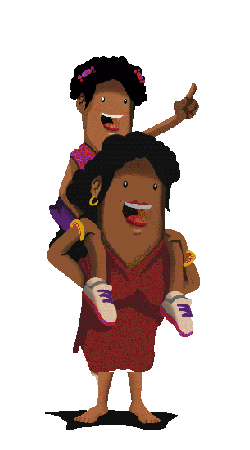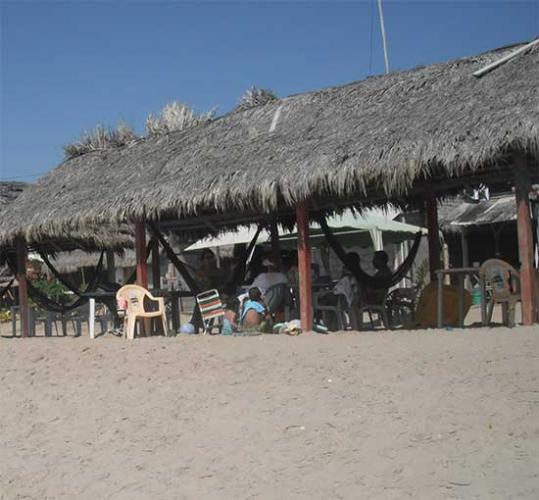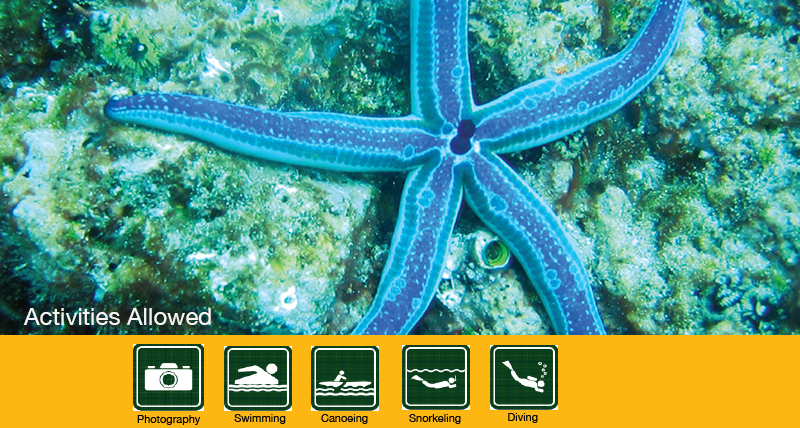On continental Ecuador´s coastline, in the provinces of Manabi and Santa Elena, there are several islets that enrich the landscape and, at the same time, are ideal nesting and shelter sites for seabirds. One of these is the El Pelado islet, located in front of the Ayanue beach. Motivated by this, and the fact that several surveys revealed the existence of a great variety of fish and invertebrates, the area was declared a Marine Reserve. Today, this area has become an important destination for divers and marine wildlife lovers.

From Guayaquil. Take the Transersal Austral going west to arrive to the city of Santa Elena. From here continue through the Ruta Spondylus. Approximatetly at about 30 minutes you´ll reach the beaches of Palmar, Ayangue; San Pedro and Valdivia.
An. Othmar Stel and Misericordia de Dios. Parroquia Manglaralto. Comuna Olon. Provincia de Santa Elena.
(04) 290-1313

Geography and Biodiversity
The reserve protects the islet of El Pelado, and the surrounding sea area and the coastline between the towns of Valdivia and Palmar.
It expands over an area of 96 terrestrial hectares and 13,005 marine hectares. The surrounding towns are Palmar, San Pedro, Ayanue and Valdivia.
This islet is nesting site for sea bird species such as pelicans, blue-footed boobies, and frigate birds. However, the most important resource is the rocky reefs that are found around the island, because a great variety of fish and invertebrates that frequent them, including sea urchins, starfish, corals, and anemones. In march 2013, with the purpose of fostering coral community regeneration and with the authorization of the Ministry of Environment, the Ringle boat was sunk, a 12 metre long vessel belonging to Ecuador´s Navy. It is expected that this structure will provide physical support for many marine invertebrates and increase the submarine attractive of the reserve.




Marine biodiversity
Through diving and snorkeling, both on the islet of El Pelado and close to Ayangue, you can appreciate the vast diversity that this reserve holds. With every metre, the scene changes drastically and a new world appears, a world of colorful fish, sea turtles and an infinity of invertebrates such as starfish, sea urchins, anemones and sea lilies.
Ayangue Beach
It is very well known for its calm waters. Located on a horseshoe shaped bay that protects it from the strong currents.


Clothing. From December to May bring light clothing, temperatures and UV are high during this time. From June to November bring warmer clothes, temperatures can get to 18 ºC (64 ºF) and it can get very windy.
Snorkeling and Diving always carry risks. Communicate with your guide about previous experience, health and physical condition. For diving you must have the required certificates.
Warning. The seabed, whether rocky or sandy, is full of life and is very delicate, so you must avoid stepping on or leaning against it (with your hands or feet).













